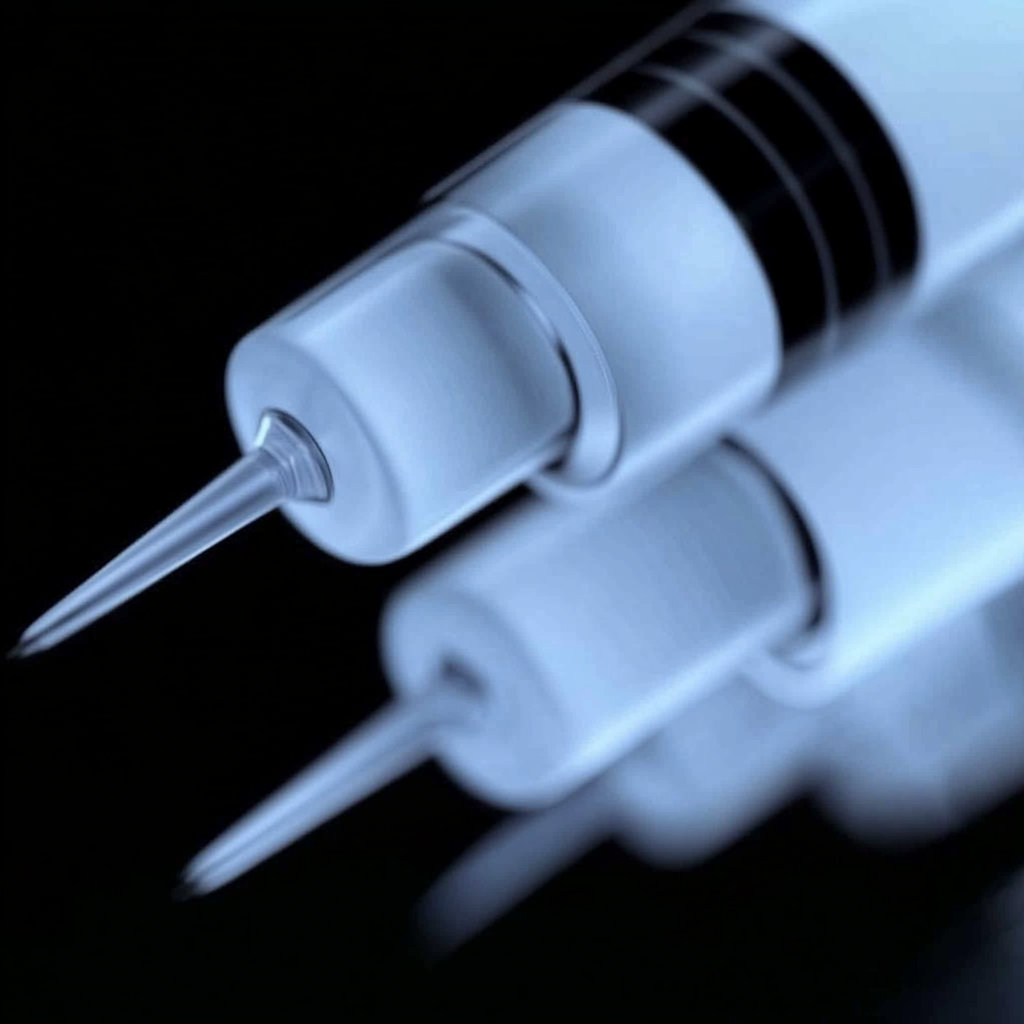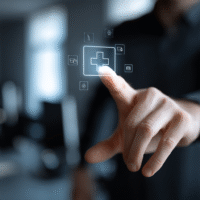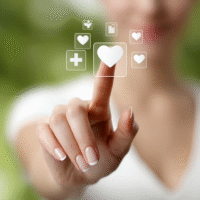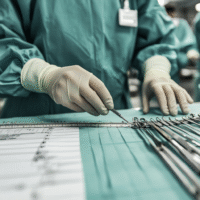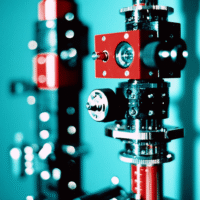Study Overview
This study examined how accurate and user-friendly dental diagnosis is for a patient with cleidocranial dysplasia (CCD) using immersive virtual reality (VR) and cone-beam computed tomography (CBCT).
Methods
Forty dental students were divided into two groups: one using VR and the other using traditional CBCT methods. The VR group interacted with a 3D model using VR technology, while the CBCT group viewed images on a computer. Both groups identified various types of teeth in a CCD patient and completed surveys to assess their experience.
Results
The VR group was notably better at identifying:
- Supernumerary teeth (P < 0.008)
- Developing permanent teeth (P < 0.020)
- Primary teeth in the maxillary anterior region (P < 0.05)
The CBCT group showed more variability in their accuracy (P = 0.005). Additionally, VR participants felt more in control and engaged during the task (P < 0.05), while the CBCT group experienced higher mental demands (P < 0.001).
Conclusions
This study suggests that VR can provide a more accurate and engaging dental diagnosis for novice clinicians dealing with CCD patients, especially those with complex dental issues.
Practical Solutions and Benefits
Clinical trials are essential for developing safe treatments. To integrate these findings into practice, we offer DocSym, an AI-driven platform that consolidates clinical standards and research into one easy-to-use resource for healthcare providers.
In today’s healthcare landscape, efficiency is key. Our mobile apps simplify scheduling, treatment monitoring, and telemedicine, enhancing patient care and expanding digital services.
By leveraging AI, clinics can improve workflows, enhance patient outcomes, and reduce reliance on paper. Discover how we can assist you at aidevmd.com.
